Physicists studied proton interactions at the Large Hadron Collider to see if they could find quantum entanglement as a result.


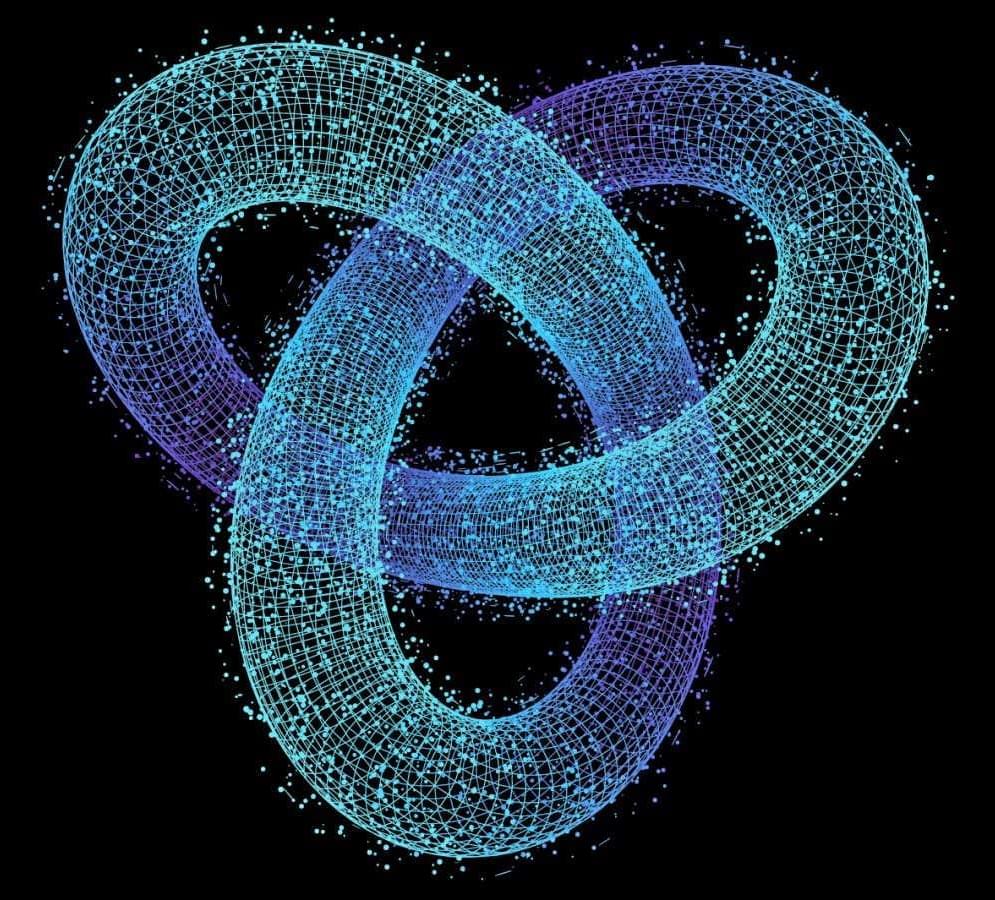
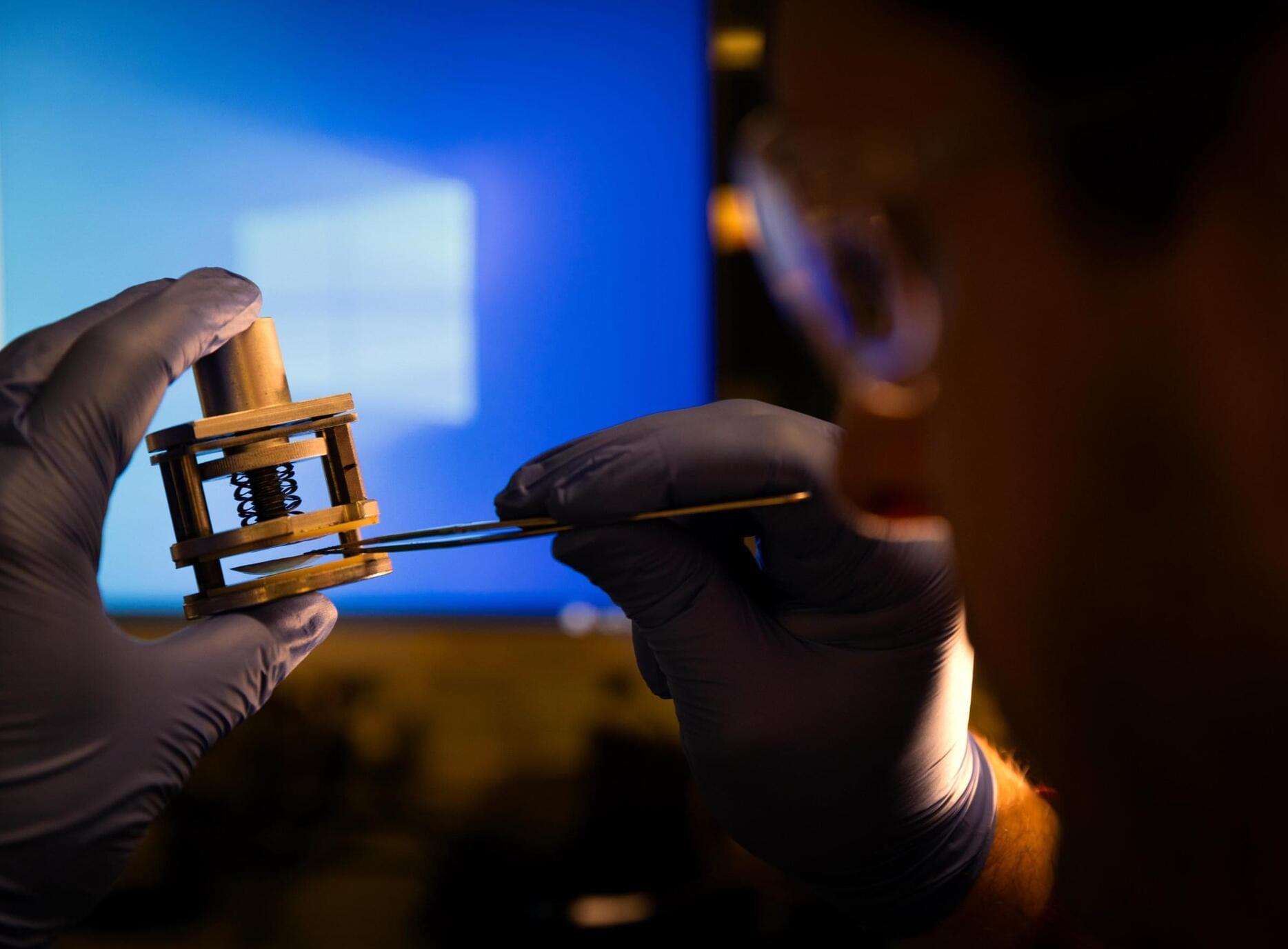
In seawater, boron exists as electrically neutral boric acid, so it passes through reverse osmosis membranes that typically remove salt by repelling electrically charged atoms and molecules called ions. To get around this problem, desalination plants normally add a base to their treated water, which causes boric acid to become negatively charged. Another stage of reverse osmosis removes the newly charged boron, and the base is neutralized afterward by adding acid. Those extra treatment steps can be costly.
“Our device reduces the chemical and energy demands of seawater desalination, significantly enhancing environmental sustainability and cutting costs by up to 15 percent, or around 20 cents per cubic meter of treated water,” said Weiyi Pan, a postdoctoral researcher at Rice University and a study co-first author.
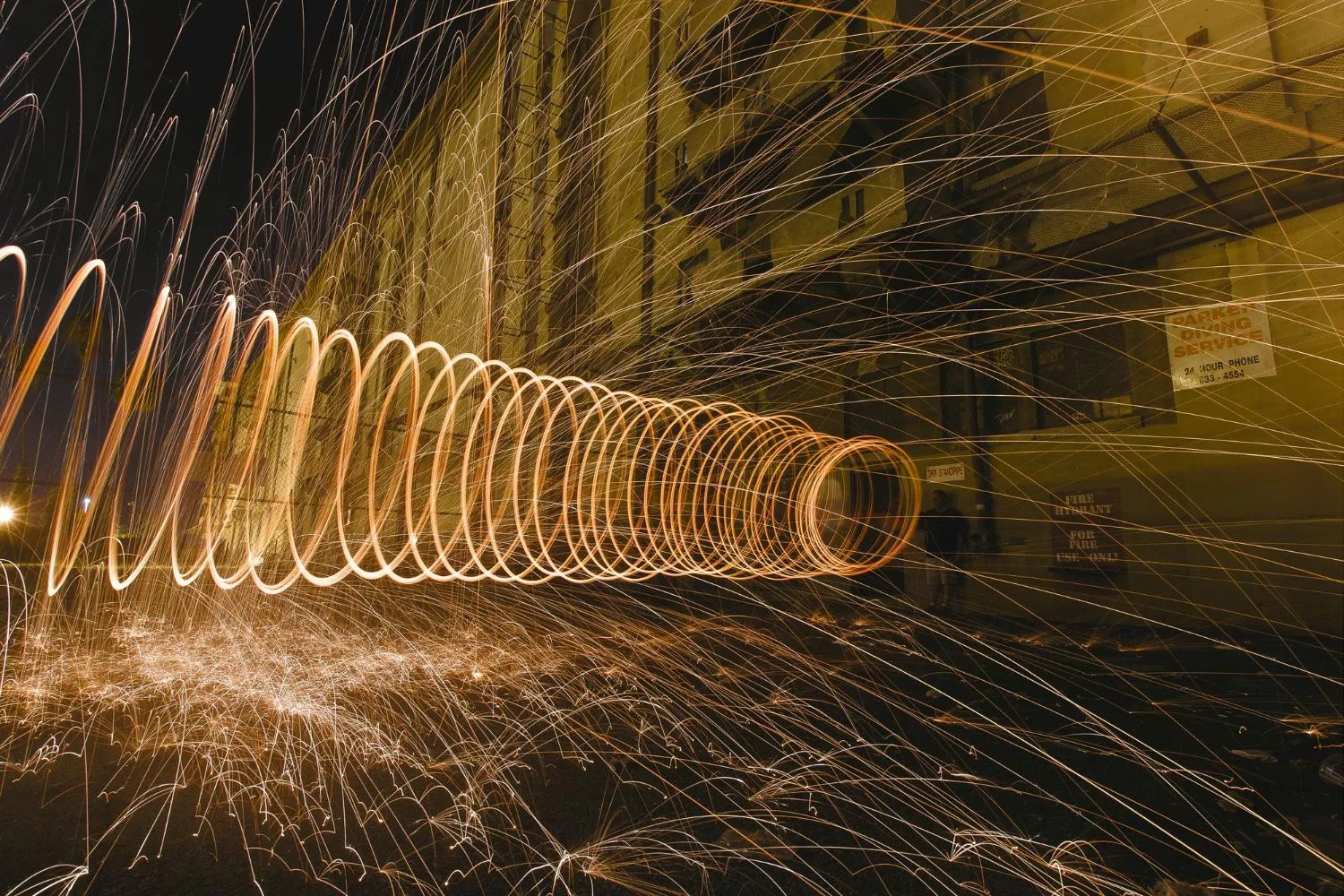
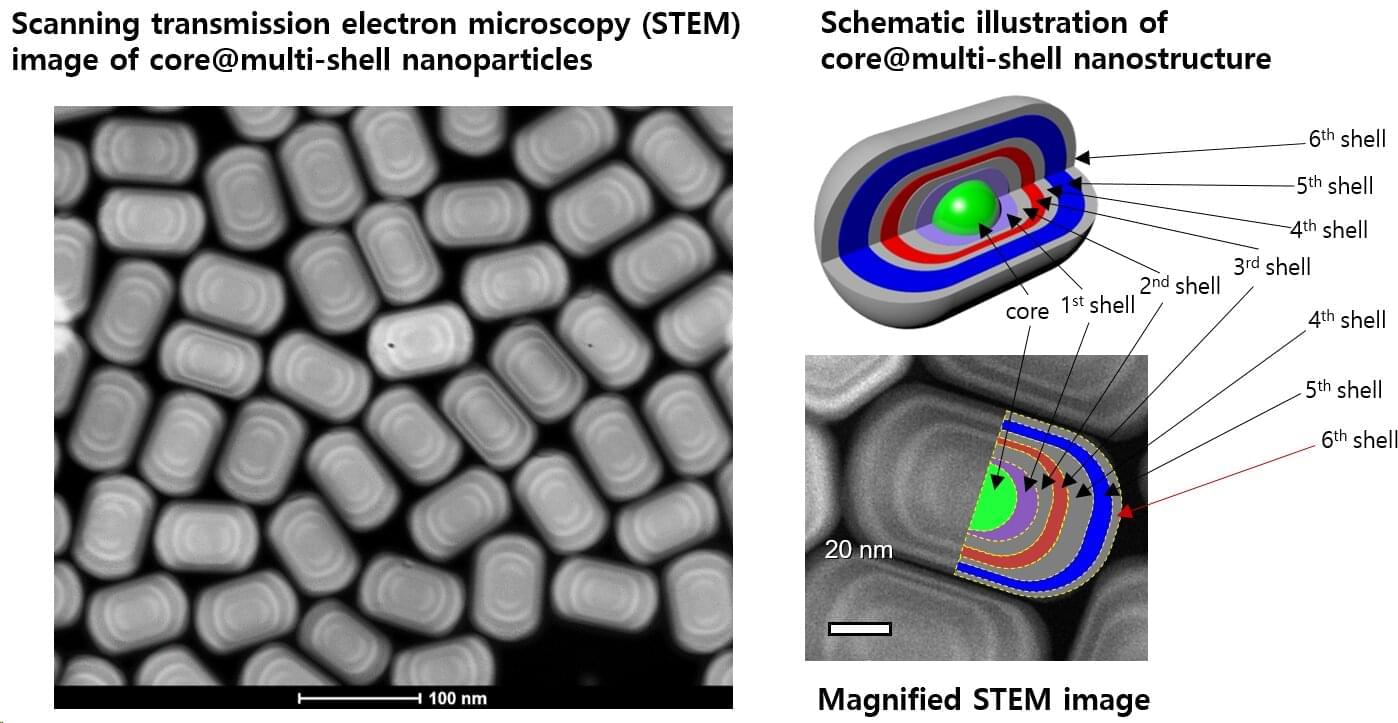
Dr. Ho Seong Jang and colleagues at the Extreme Materials Research Center at the Korea Institute of Science and Technology (KIST) have developed an upconversion nanoparticle technology that introduces a core@multi-shell nanostructure, a multilayer structure in which multiple layers of shells surround a central core particle, and enables high color purity RGB light emission from a single nanoparticle by adjusting the infrared wavelength.
The work is published in the journal Advanced Functional Materials.
Luminescent materials are materials that light up on their own and are used in a variety of display devices, including TVs, tablets, monitors, and smartphones, to allow us to view a variety of images and videos. However, conventional two-dimensional flat displays cannot fully convey the three-dimensional dimensionality of the real world, limiting the sense of depth.
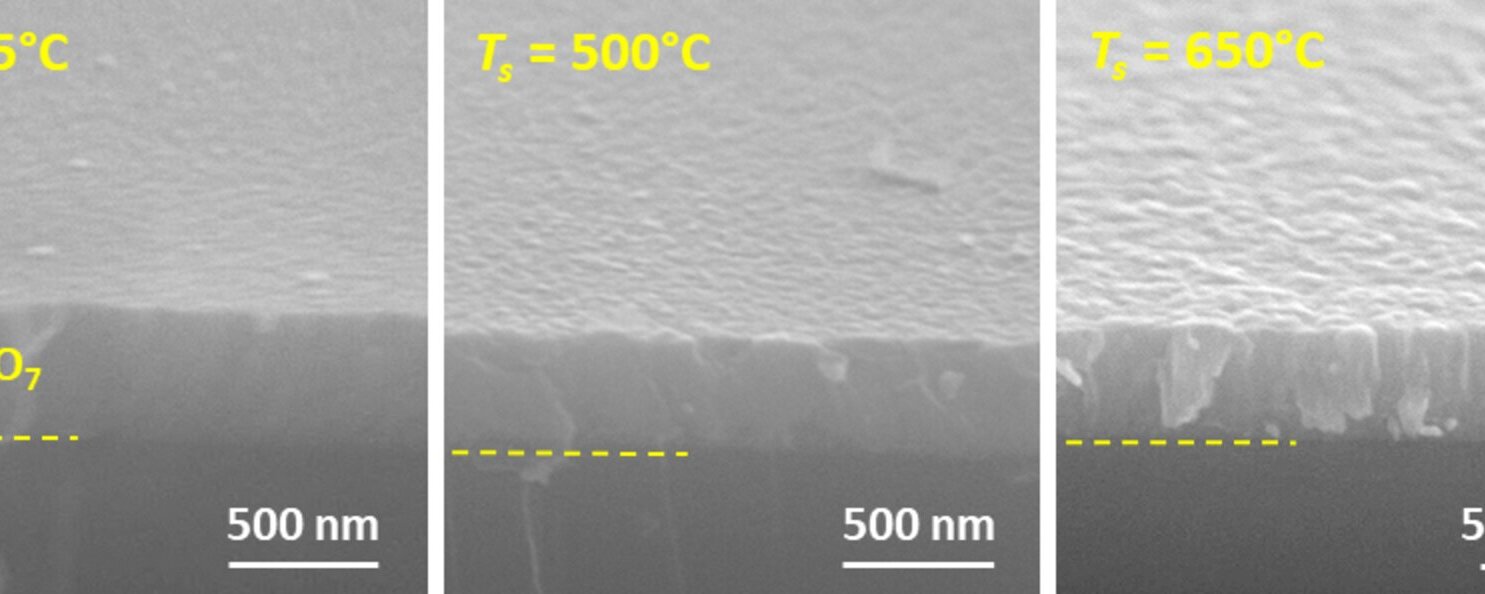
Technology for converting solar energy into thermal energy is ever evolving and has numerous applications. A breakthrough in the laboratory of Professor My Ali El Khakani at Institut national de la recherche scientifique (INRS) has made a significant contribution to the field.
Professor El Khakani specializes in plasma-laser processes for the development of nanostructured materials. He and his team at the Énergie Matériaux Télécommunications Research Center have developed a new photothermal material that converts sunlight into heat with unmatched efficiency. The results of their work were published in the journal Scientific Reports.
For several decades, stoichiometric titanium oxides have been known for their exceptional photocatalytic properties. A sub-stoichiometric form of this material, characterized by a slight deficiency in oxygen atoms, is referred to as “Magnéli phases,” with specific compositions exhibiting distinct properties.
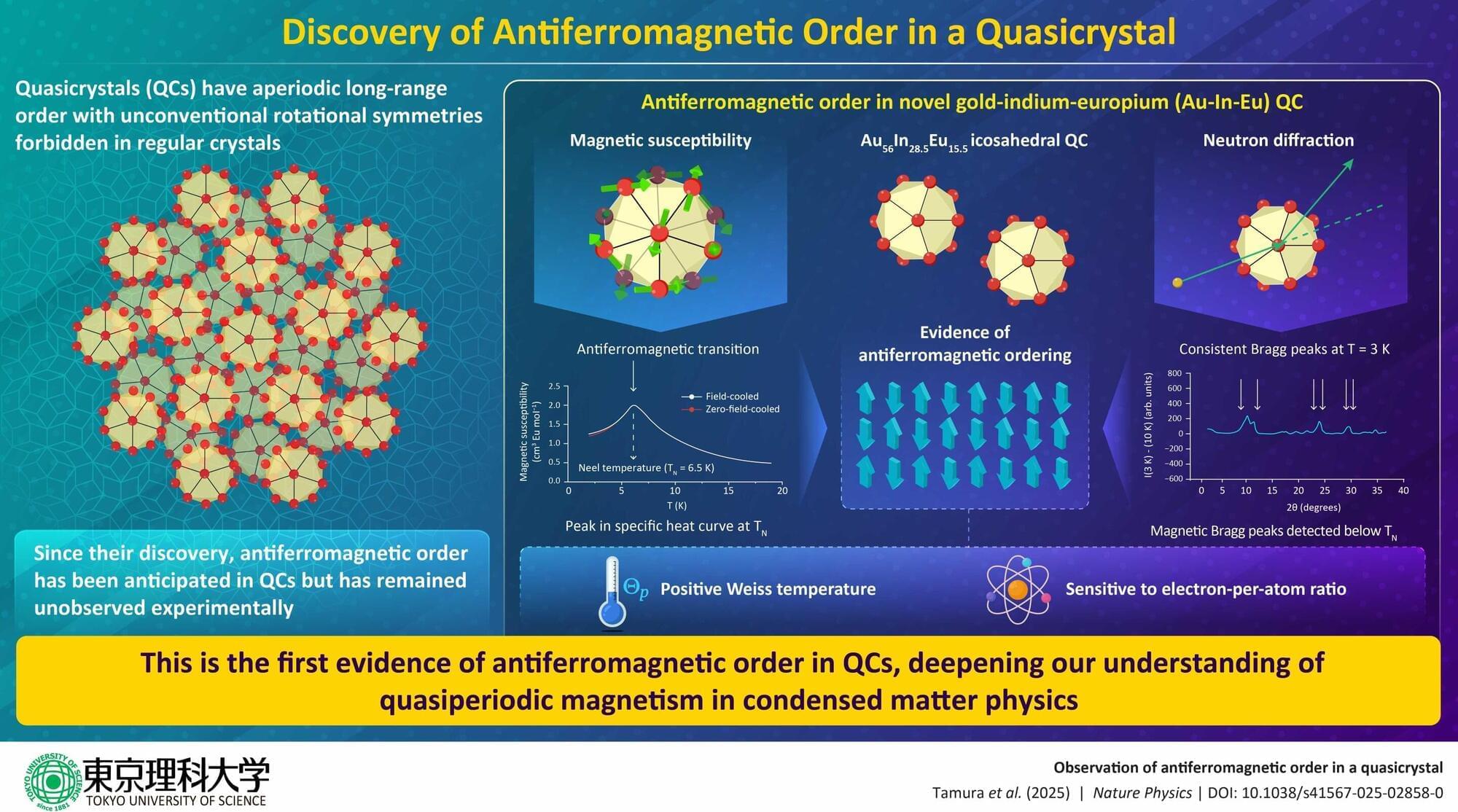
Quasicrystals (QCs) are fascinating solid materials that exhibit an intriguing atomic arrangement. Unlike regular crystals, in which atomic arrangements have an ordered repeating pattern, QCs display long-range atomic order that is not periodic. Due to this ‘quasiperiodic’ nature, QCs have unconventional symmetries that are absent in conventional crystals.
Since their Nobel Prize-winning discovery, condensed matter physics researchers have dedicated immense attention toward QCs, attempting to both realize their unique quasiperiodic magnetic order and their possible applications in spintronics and magnetic refrigeration.
Ferromagnetism was recently discovered in the gold-gallium-rare earth (Au-Ga-R) icosahedral QCs (iQCs). Yet scientists were not surprised by this observation because translational periodicity—the repeating arrangement of atoms in a crystal—is not a prerequisite for the emergence of ferromagnetic order.
In a surprising twist, a graduate student at UMass Amherst discovered a strange new fluid behavior that seems to defy thermodynamics.
While experimenting with oil, water, and magnetized nickel particles, he found that no matter how hard the mixture was shaken, it would always return to the same elegant urn shape. This behavior sparked curiosity among physicists, who eventually traced the cause to unusually strong magnetism altering the way the fluids interact. Though it has no immediate use, the finding opens new frontiers in soft-matter science.
A surprising discovery in soft matter.
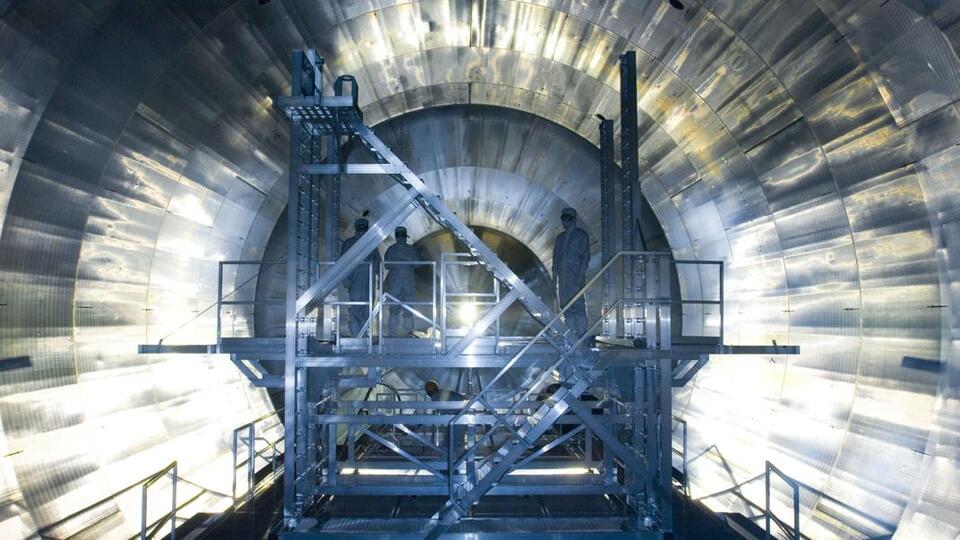
Physicists have scaled down the maximum possible mass of an elusive “ghost particle” called a neutrino to at least one-millionth the weight of an electron. The revision takes scientists one more step toward a discovery that could alter or even upend the Standard Model of particle physics.
Our universe is awash with phantom specks of matter. Every second, around 100 billion neutrinos pass through each square centimeter of your body. They’re produced in multiple places: the nuclear fire of stars, in enormous stellar explosions, by radioactive decay and in particle accelerators and nuclear reactors on Earth.
Even though they’re the most common form of matter in the cosmos, neutrinos’ minimal interactions with other matter types makes them notoriously difficult to detect, and they’re the only particles in the Standard Model whose precise mass remains unaccounted for.
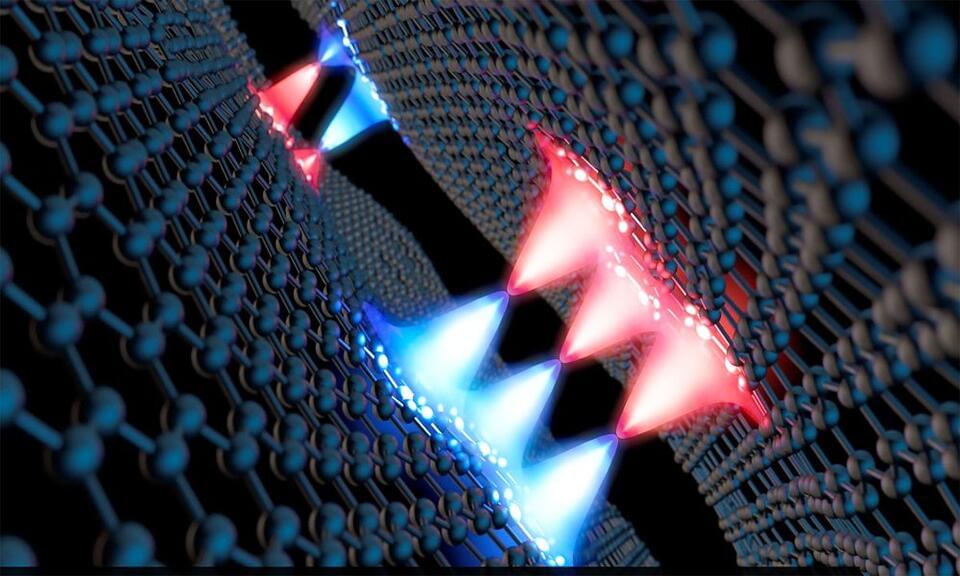
Quantum mechanics has always left people scratching their heads. Tiny particles seem to break usual laws of nature, hinting at puzzling scenarios that have intrigued physicists for decades, often sparking debates on how these subatomic oddities might push the limits of future technology.
One curious area in this field involves charges that behave in fractions, providing glimpses into phenomena that defy classical logic.
Scientists have spent years studying these strange properties, hoping to uncover new knowledge about how particles might transform the way we store and process information.